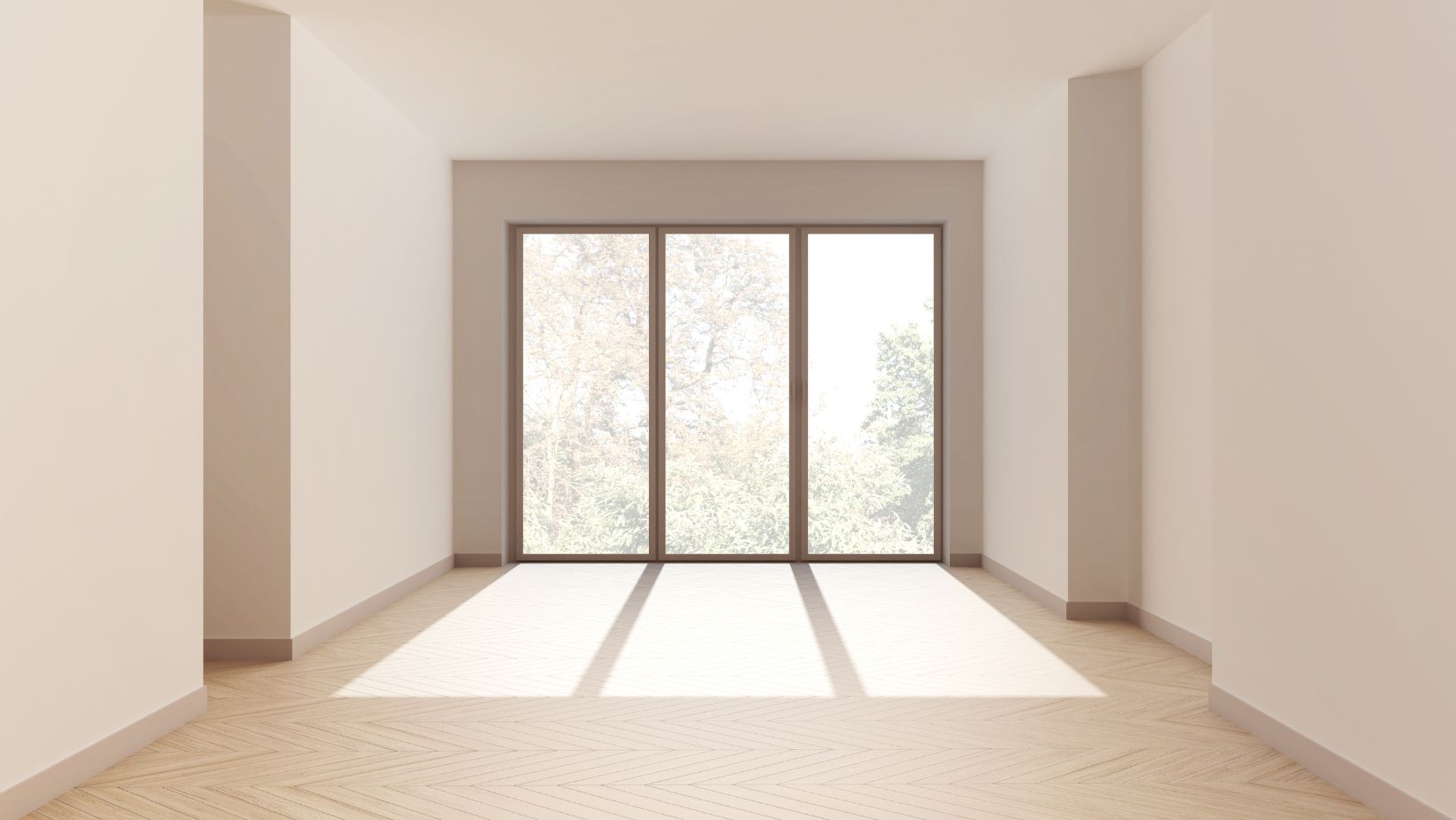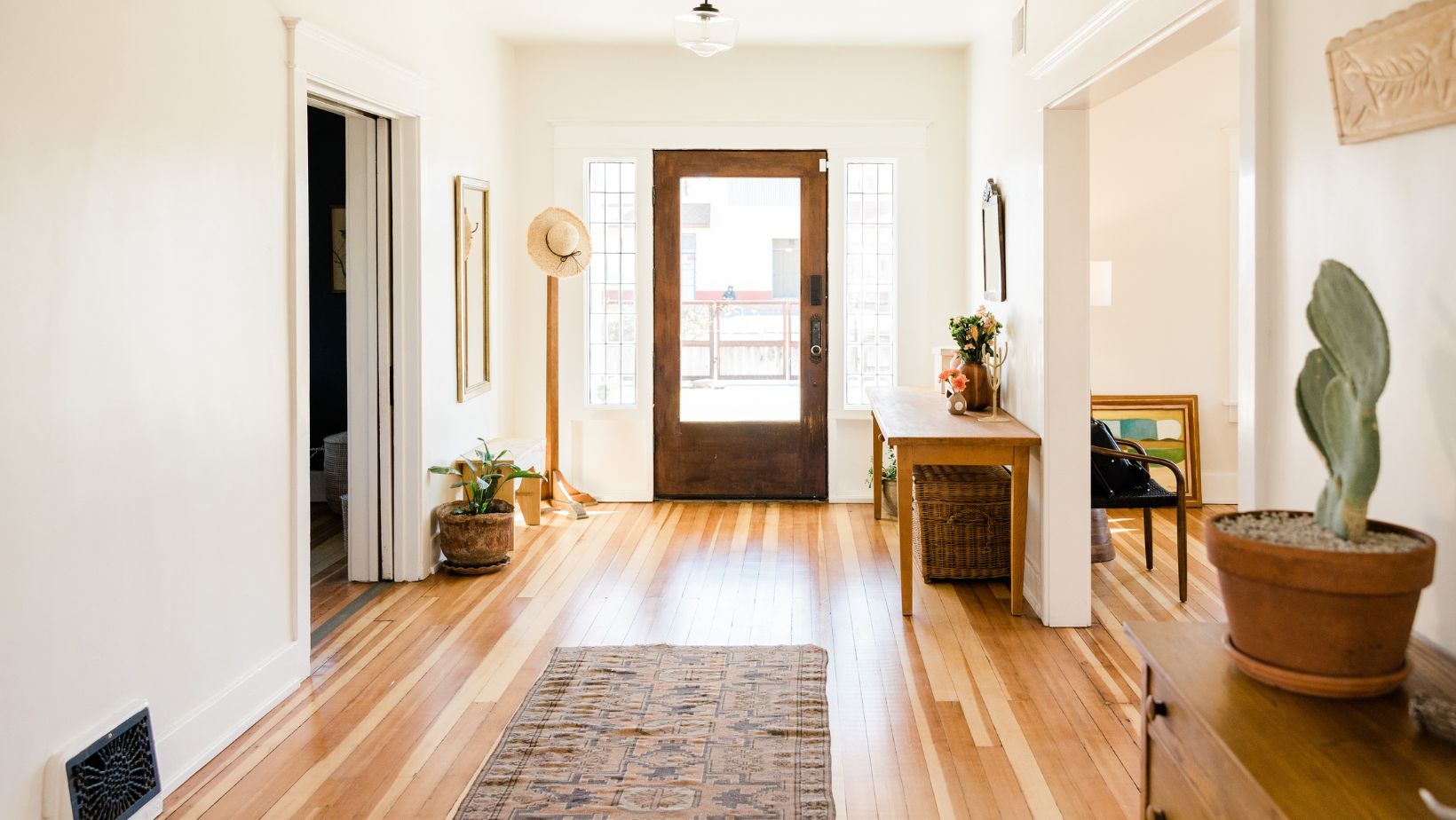The Power of Visual Storytelling in Home Décor
Home décor is an art that requires a strong visual component to convey ideas effectively. While images and sketches provide a basic representation, videos take it to another level by offering a dynamic and immersive experience.

Whether it’s for interior designers, DIY enthusiasts, or homeowners seeking inspiration, videos play a crucial role in bringing design concepts to life.
Why Videos Are Essential for Home Décor Presentations
Incorporating videos into home décor presentations allows for better visualization of space, color schemes, textures, and functionality. Unlike static images, videos offer a comprehensive view of a room’s transformation, showing details from multiple angles and perspectives. This helps homeowners and clients make informed decisions before committing to a particular design.
1. Enhanced Visualization of Spaces
A well-structured video allows viewers to experience a space as if they were walking through it. This is especially useful for showcasing room layouts, furniture placement, and how different elements interact within a given area. By using video walkthroughs, designers can provide a real-time perspective of their vision.
2. Demonstrating Design Transformations
Before-and-after videos are a powerful way to highlight the impact of home improvement projects. By visually displaying the changes step by step, viewers can see the progression of a design concept, making the transformation more compelling and believable.
3. Showcasing Color and Texture Combinations
Colors and textures play a vital role in home décor, yet they can be difficult to assess through images alone. Videos allow for close-up shots and different lighting conditions to better represent the materials used. This ensures that clients get a more accurate depiction of how certain fabrics, wallpapers, or paint shades will appear in real life.
4. Illustrating Functionality and Practicality
Beyond aesthetics, functionality is a crucial aspect of home design. Videos can demonstrate how space-saving furniture works, how lighting affects a room’s ambiance, or how smart home features integrate with everyday living. Such dynamic presentations help viewers understand the practicality of the design beyond its visual appeal.
The Role of Technology in Home Décor Videos
The advancement of video editing technology has made it easier than ever to create professional-quality videos for home décor presentations. With user-friendly tools, designers can effortlessly add effects, transitions, and annotations to enhance their storytelling. Utilizing an AI video maker app can streamline the process by automating certain aspects of video creation, making it accessible even to those without extensive editing experience.
Creating Engaging Home Décor Videos
To make a home décor video engaging, it should be visually appealing, informative, and well-structured. Here are some key elements to consider:
1. Storyboarding for a Clear Narrative
Planning the video’s flow ensures that it delivers a coherent message. A storyboard helps outline key shots, transitions, and narration points, making the final product more structured and impactful.
2. Using High-Quality Footage
Clear, high-resolution footage enhances the viewing experience. Whether capturing a space with a professional camera or a smartphone, good lighting and stable recording techniques contribute to a polished look.
3. Adding Subtle Effects and Annotations
Effects like slow motion, zoom-ins, and text overlays can emphasize important details in the design. Annotations help explain specific elements, such as the type of flooring used or the inspiration behind a particular color scheme.
4. Incorporating Background Music and Narration
A well-chosen soundtrack can set the mood of the video, while narration provides valuable insights into the design process. This combination keeps viewers engaged and enhances their understanding of the concept being presented.
Social Media and Video Marketing for Home Décor
With the rise of digital platforms, video content has become an essential marketing tool for interior designers, real estate agents, and home improvement brands. Social media platforms offer a vast audience for showcasing home décor ideas through short clips, live sessions, and interactive videos.
1. Leveraging Social Media Trends
Platforms like Instagram, Pinterest, and YouTube are ideal for sharing home décor videos. Short, visually appealing clips grab attention quickly, while longer videos can provide detailed insights into a design project.
2. Engaging with Viewers
Interactive videos allow audiences to ask questions, vote on design elements, or even visualize customizations in real time. Engaging content encourages viewers to share, comment, and participate, increasing brand visibility and credibility.
3. Optimizing Videos for Search Engines
Just like written content, videos should be optimized for search engines to reach a wider audience. Using relevant keywords, clear descriptions, and compelling thumbnails can improve visibility and engagement.
Future Trends in Home Décor Videos
The use of artificial intelligence and augmented reality is shaping the future of home décor videos. AI-powered editing tools make it easier to create high-quality content, while AR applications enable users to visualize design elements in their own spaces before making purchases.

An AI video editor free tool can assist designers in refining their footage without the need for expensive software, making professional-grade videos more accessible.
Conclusion
Videos have revolutionized the way home décor concepts are presented and shared. They provide a dynamic, immersive experience that static images simply cannot match. By utilizing modern video creation tools and social media platforms, interior designers and homeowners alike can bring their creative visions to life in a way that is both compelling and effective. As technology continues to evolve, video content will remain a crucial element in the ever-growing home design industry.
